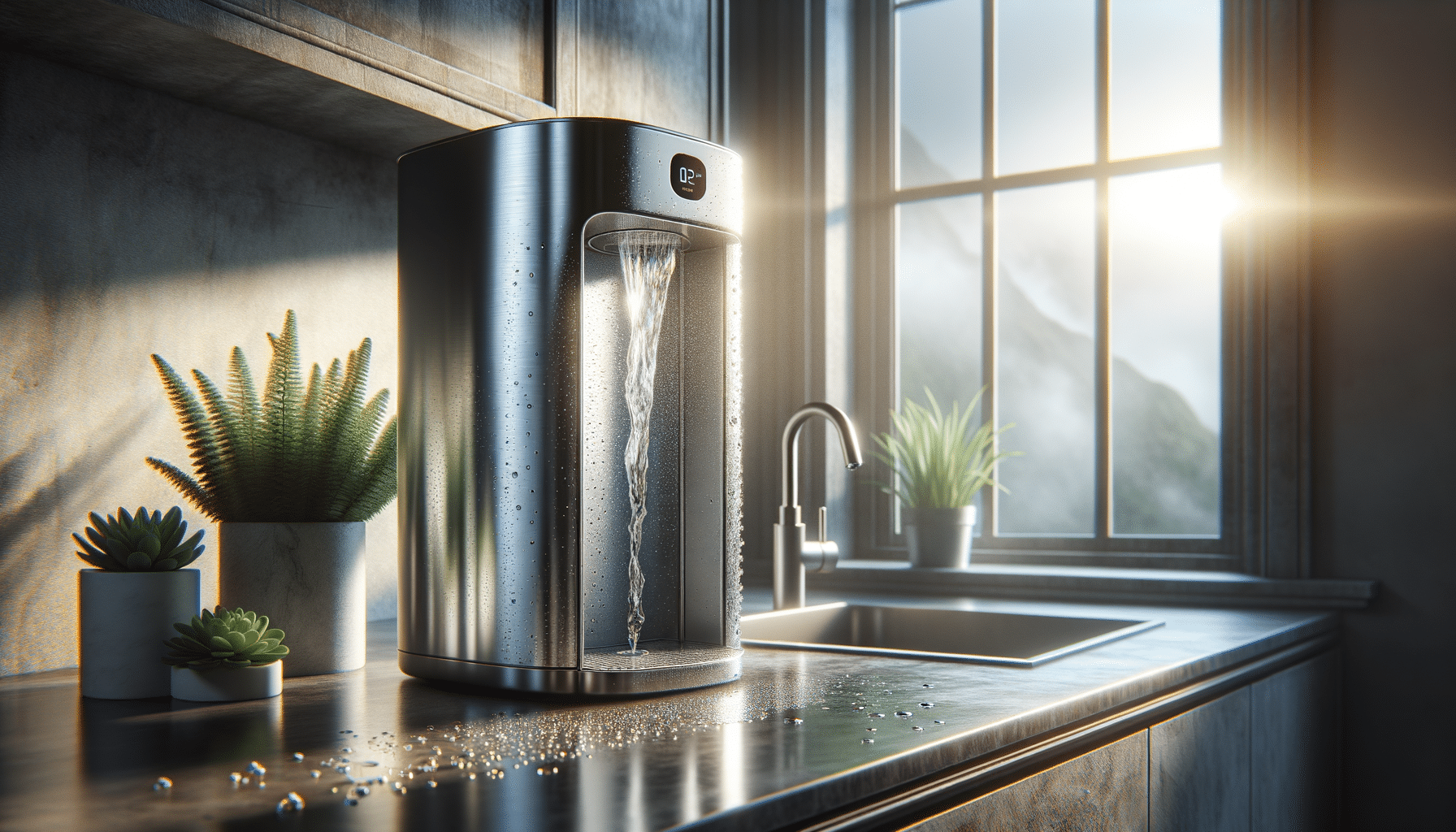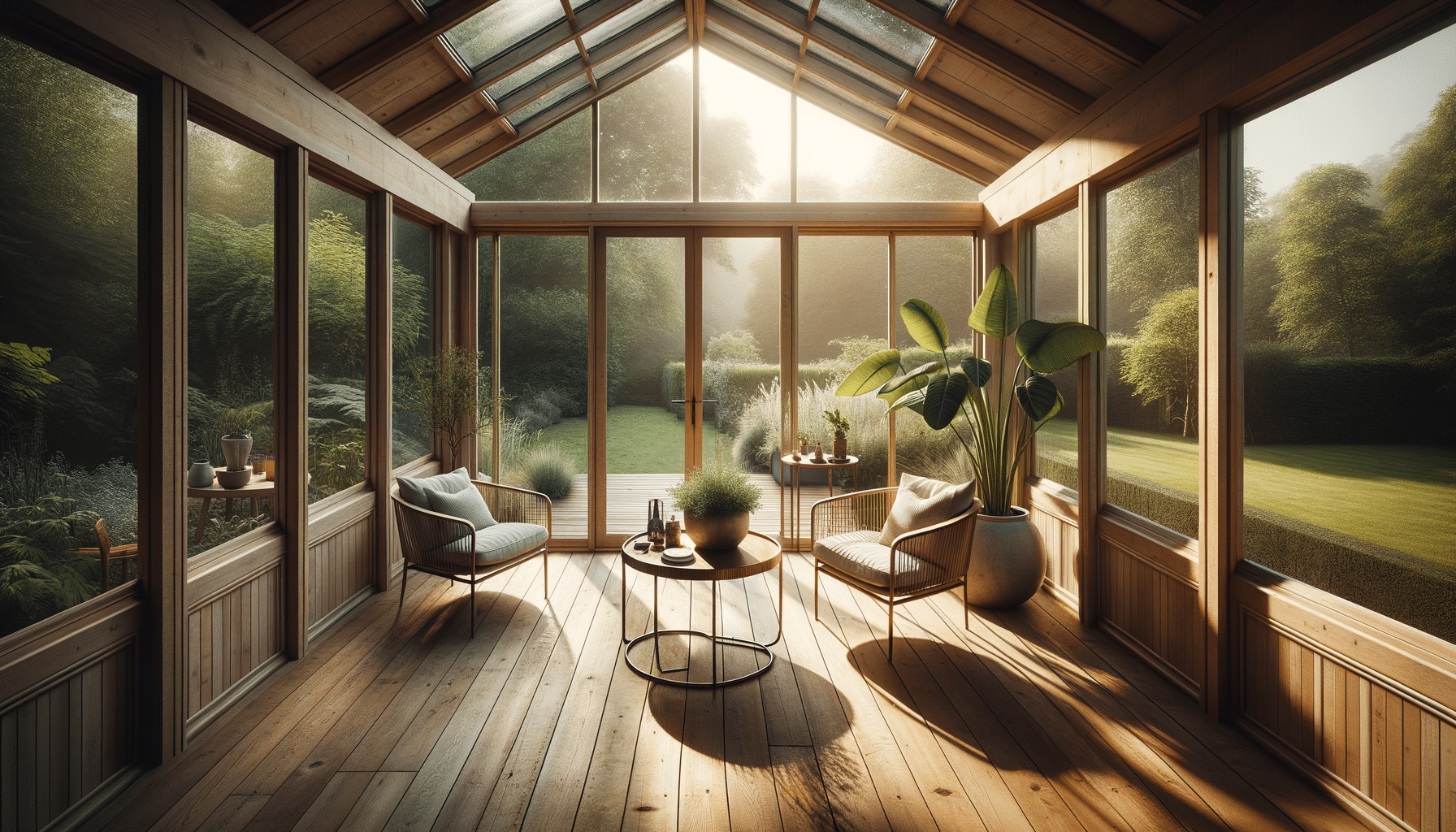
How to Create a Home Vegetable Garden: Tips for Beginners
Starting a home vegetable garden can be a rewarding endeavor that brings fresh produce to your table and a sense of accomplishment to your soul. Whether you have a sprawling backyard or a cozy balcony, cultivating your own vegetables is a delightful way to engage with nature and enhance your outdoor living space.
Getting Started: Planning Your Garden
Before you dig in, take time to plan your vegetable garden. Consider the space available, the climate in your area, and the types of vegetables you enjoy eating. A well-thought-out plan will help ensure your garden thrives throughout the growing season.
Choosing the Right Location
Most vegetables require at least six hours of sunlight daily, so choose a sunny spot for your garden. If space is limited, consider container gardening on a sunny balcony or patio. Remember, good soil and proper drainage are also crucial for healthy plants.
Selecting Vegetables
For beginners, it’s wise to start with easy-to-grow vegetables such as tomatoes, lettuce, and radishes. These crops are typically resilient and quick to mature, offering a satisfying harvest.
According to the National Gardening Association, 35% of American households grow food at home or in community gardens, showing a growing interest in home gardening.
Preparing the Soil
Quality soil is the foundation of a successful garden. Test your soil to determine its pH and nutrient levels. You may need to amend it with compost or other organic matter to create a rich, fertile environment for your plants.
Pro Tip: Rotate your crops each year to prevent soil depletion and reduce pest buildup. This practice helps maintain soil fertility and plant health.
Planting and Maintenance
Once your garden is planned and prepared, it’s time to plant. Follow the specific planting instructions for each vegetable, considering spacing and depth.
Watering Wisely
Water your garden deeply but infrequently to encourage root growth. Early morning or late evening is the best time to water, reducing evaporation and plant stress.
Dealing with Pests
Use natural pest control methods, such as introducing beneficial insects or using organic sprays. Regularly inspect your plants for signs of pests and take action swiftly to prevent damage.
| Vegetable | Sunlight Required | Water Needs | Harvest Time |
|---|---|---|---|
| Tomatoes | 6-8 hours | Moderate | 60-80 days |
| Lettuce | 4-6 hours | High | 30-45 days |
| Radishes | 6 hours | Low | 25-30 days |
| Carrots | 6 hours | Moderate | 70-80 days |
| Zucchini | 6-8 hours | Moderate | 40-50 days |
| Cucumbers | 6-8 hours | High | 50-70 days |
| Beans | 6-8 hours | Moderate | 50-60 days |
| Peppers | 6-8 hours | Moderate | 60-90 days |
FAQs
How do I know if my soil is good for planting?
Testing the soil for pH and nutrients is essential. You can purchase a soil test kit from a local garden center.
What’s the best way to keep my garden pest-free?
Consider natural pest control methods, like introducing beneficial insects or using homemade organic sprays.
Can I start a vegetable garden with limited space?
Yes, container gardening on a sunny patio or balcony works well for small spaces.
Conclusion: Embrace the Joy of Gardening
Creating a home vegetable garden is more than just growing food; it’s about cultivating a connection with nature and experiencing the joy of nurturing life. By following these tips, you’ll be well on your way to enjoying fresh, homegrown produce. Dive into the world of gardening and discover the satisfaction it brings!


